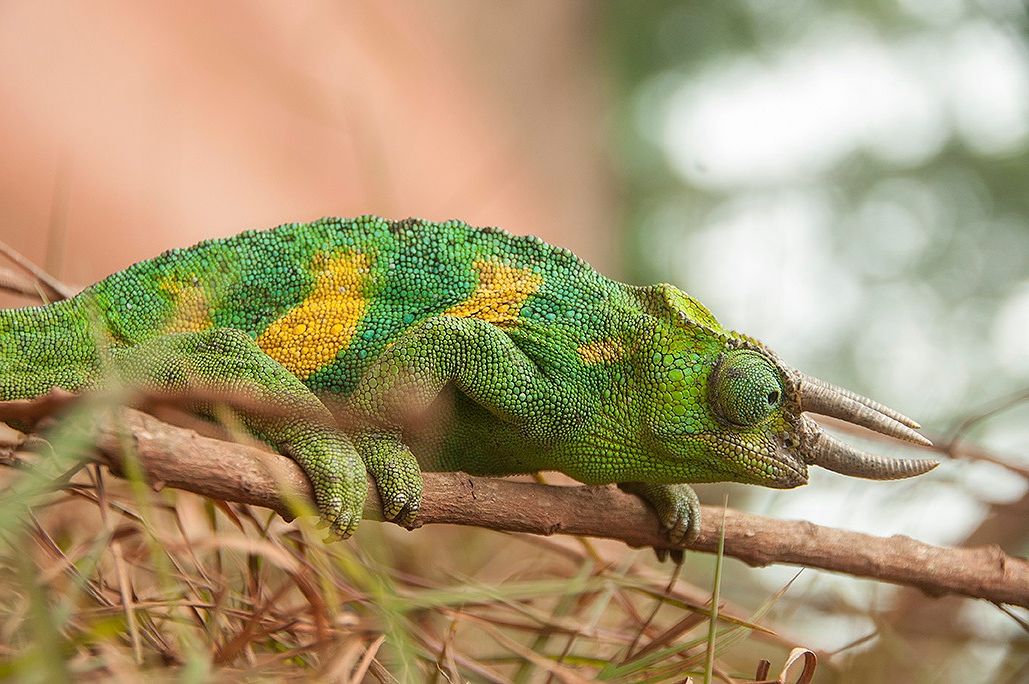
Tourism is a recreational travel that people do, Uganda has
been one of the African countries that has attracted prominent number of
tourists from different parts of the world. Uganda the pearl of Africa is one
of the fastest growing economies in Africa, there are so many building blocks
of this economy but one of the vital one that she is proud of is her tourist
attraction that she exhibits to tourists, with a lot of nature, culture and
amusement to offer. A tree did not start as a tree it started as a seedling
sown in the soil and because of the rich nutrient of the soil and care given to
it, it turned it into a tree, there are companies that have thrived and are
still pushing hard to strengthen the tourism industry in Uganda. One of them is
Interior safaris East Africa, one of the veins of the heart of Uganda tourism.
Uganda
has one of the best climates in Africa and in the whole world, this has maintained her tourist
attractions which has made it possible for tourism to occur. One of Uganda’s
tourist attractions are national parks, Uganda has numerous national parks like
Murchison Falls National Park often known as Kabalega mostly visited by
tourists because of its natural beauty, it’s located in the northern region of
Uganda it is 1,344 square miles large this makes it the largest wildlife
reserve. Queen Elizabeth National
Park which is 1,978 square kilometers in size and Lake Mburo National Park etc.
Uganda also has unique eye-catching features in the national parks like trees,
different species of birds and mountain gorillas. Interesting and enjoyable
activities at your view from different parts of the parks which includes
birding, chimpanzee tracking, cultural visits like meeting pygmies from Batwa
who were the first inhabitant of montane rainforest, hot air balloon safaris
and boat cruise. Due to the magnificent hospitality that Ugandans give tourists,
has increased their interest in touring the country because they make them feel
at home. All national parks in Uganda have lodges and hotels at different
points of the national parks which provide the tourists with good care, great
meals and fancy accommodation. When it comes to the longest river in the world
don’t look farther because it’s here in Uganda as well as mount Elgon, these
are places tourists won’t stop talking about because they are enticing and rich
in nature.
Life
has been made easy in case you would love to tour Uganda; with the help of
Interior Safaris East Africa you can be anywhere you want to be. Interior
safaris East Africa has been in the center of the tourism industry in Uganda,
it was founded by Elasmus Godfrey Tumwesigye in 2013. It has its head office in
Uganda. Interior safaris East Africa cares so much about their customers to the
extent that we have Agents in Europe for tourists interested in bare a peek of
the pear of Africa and the great lakes at large. Interior Safaris East Africa is surely the
right package deal to take you around Uganda, Rwanda and Tanzania because it
comes With lots of surprises from their services, Interior Safaris East Africa
gives the best to its customers, and that’s why before tourists decide on the
place they would love to visit they first speak to a tour consultant from Interior
Safaris East Africa who will later give them advice about the package that will
fit in their budget that they will be comfortable with.
Connect now to be in a
place enriched with nature.
Information from https://www.wwf.org.uk/learn/fascinating-facts/polar-bears
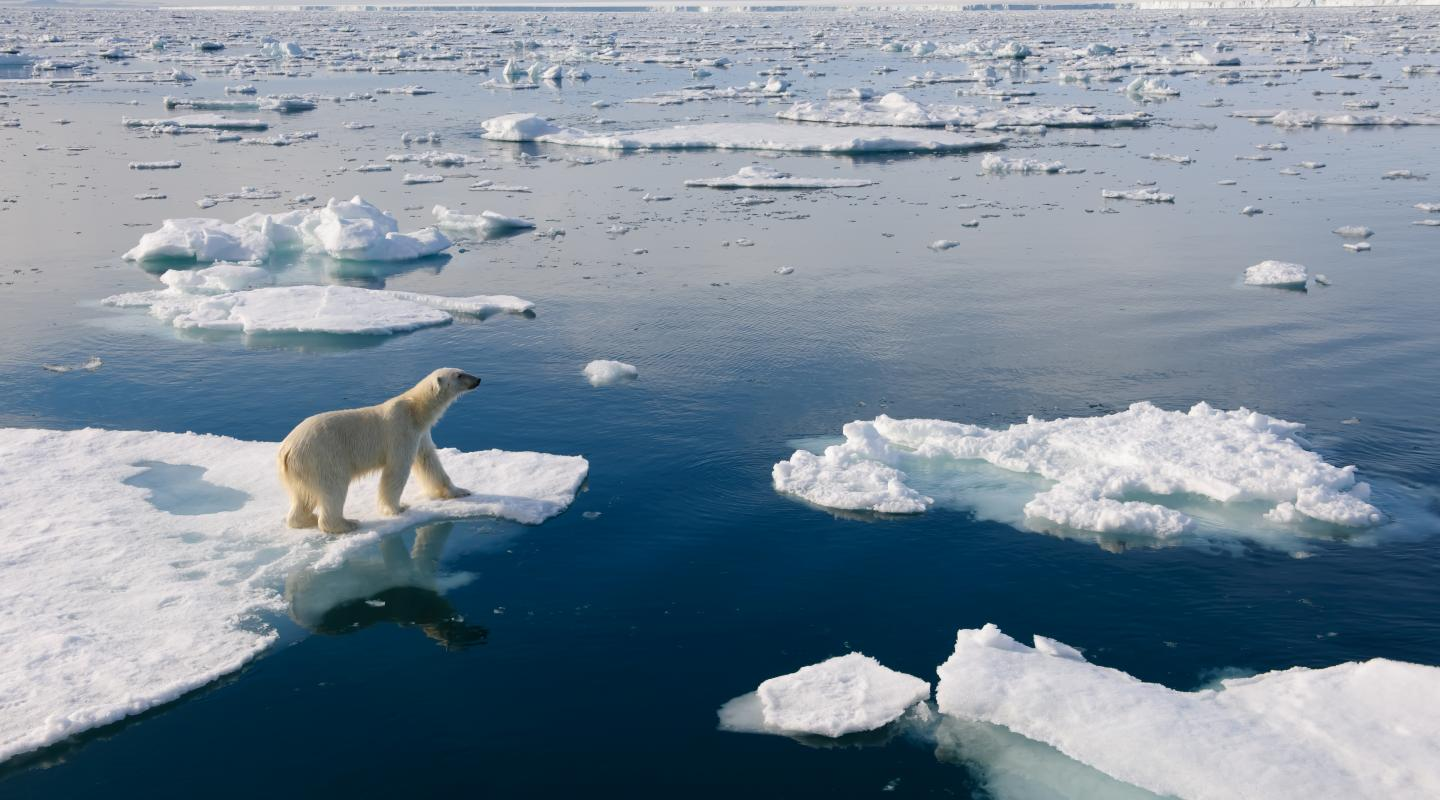 photo: Florian Schulz/visionofthewild.com
photo: Florian Schulz/visionofthewild.com
1. POLAR BEARS ARE CLASSIFIED AS MARINE MAMMALS
Because they spend most of their lives on the sea ice of the Arctic Ocean depending on the ocean for their food & habitat, polar bears are the only bear species to be considered marine mammals
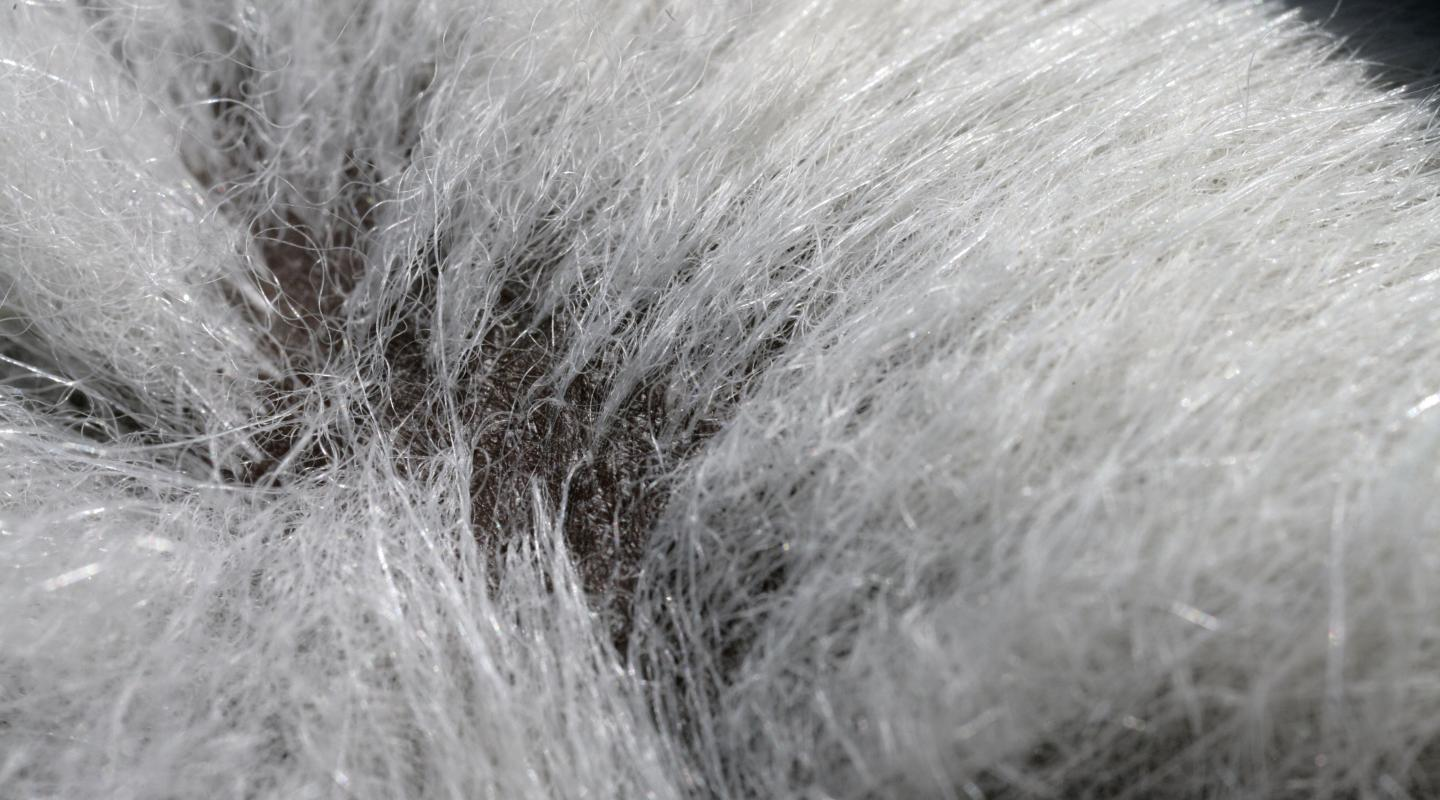 photo Jon Aars/Norwegian Polar Institute/WWF-Canon
photo Jon Aars/Norwegian Polar Institute/WWF-Canon
2. POLAR BEARS ARE ACTUALLY BLACK, NOT WHITE
Polar bear fur is translucent, and only appears white because it reflects visible light. Beneath all that thick fur, their skin is jet black.
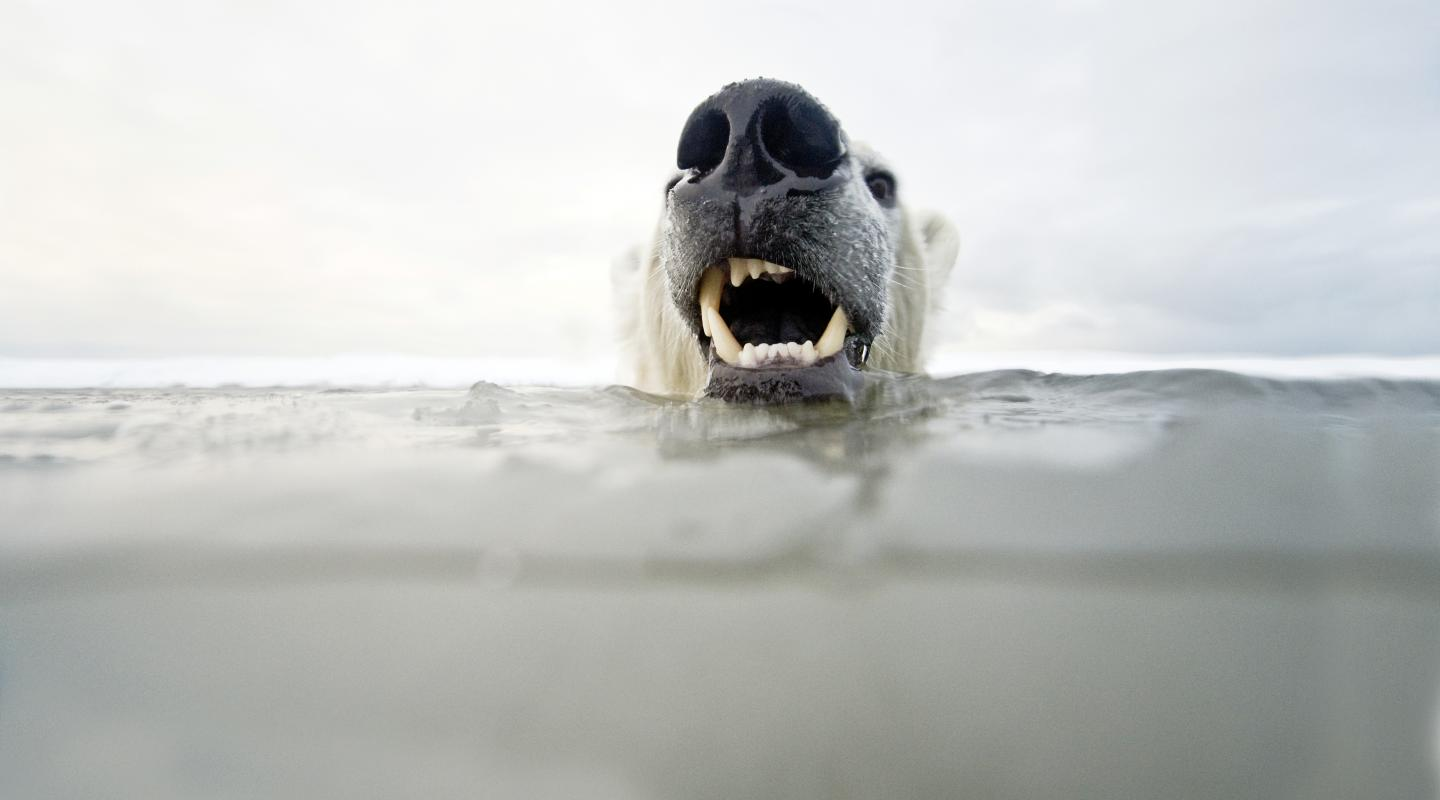 Photo: naturepl.com/Steven Kazlowski/WWF
Photo: naturepl.com/Steven Kazlowski/WWF
3. THEY CAN SWIM CONSTANTLY FOR DAYS AT A TIME.
As well as reaching speeds of up to 6mph in the water, polar bears can swim for long distances and steadily for many hours to get from one piece of ice to another.
Their large paws are specially adapted for swimming, which they'll use to paddle through the water while holding their hind legs flat like a rudder.
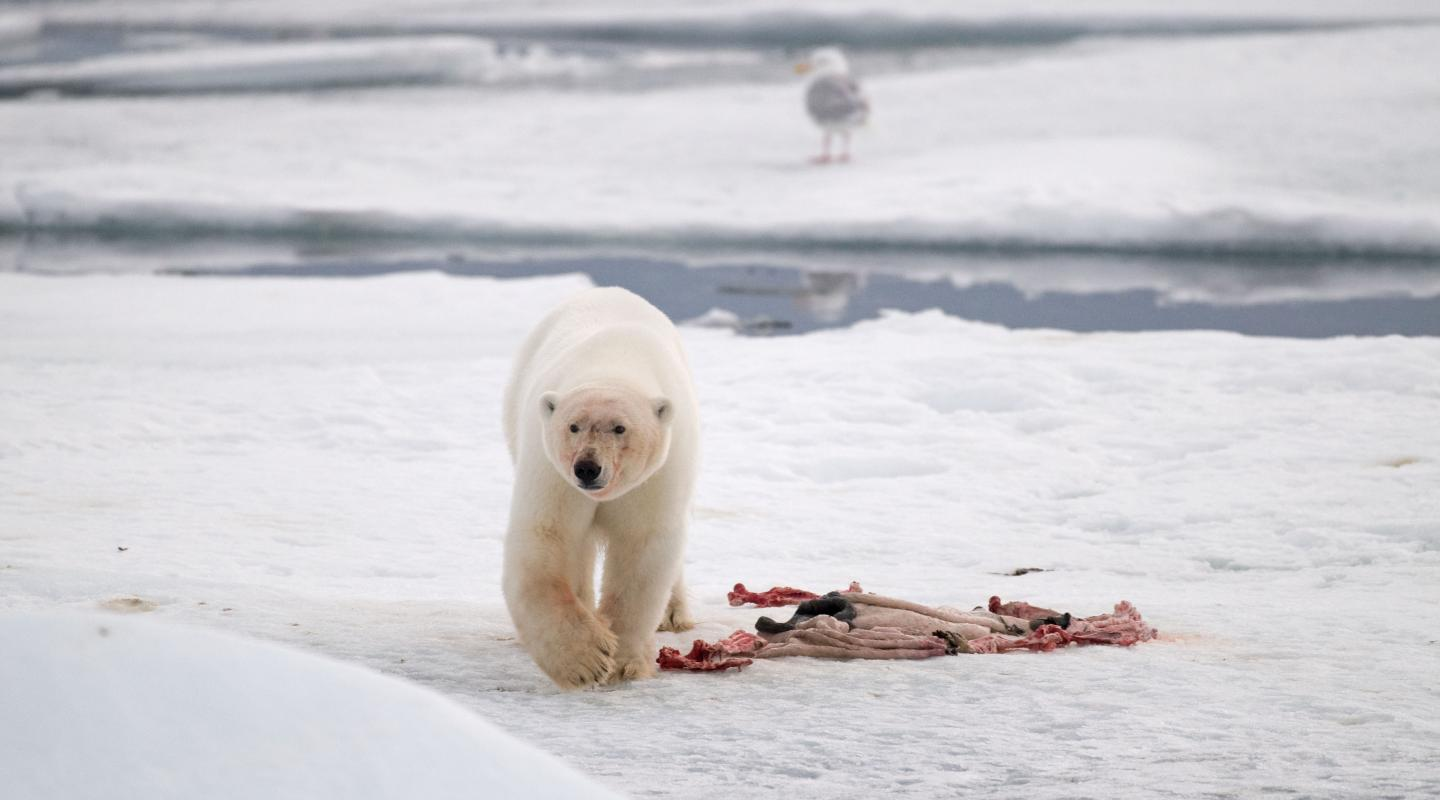 photo: Steve Morello/WWF
photo: Steve Morello/WWF
4. LESS THAN 2% OF POLAR BEAR HUNTS ARE SUCCESSFUL
Although about half of a polar bear's life is spent hunting for food, their hunts are rarely successful. Polar bears main prey consists of ringed seals and bearded seals,
though they will scavenge carcasses or settle for small mammals, birds, eggs, and vegetation
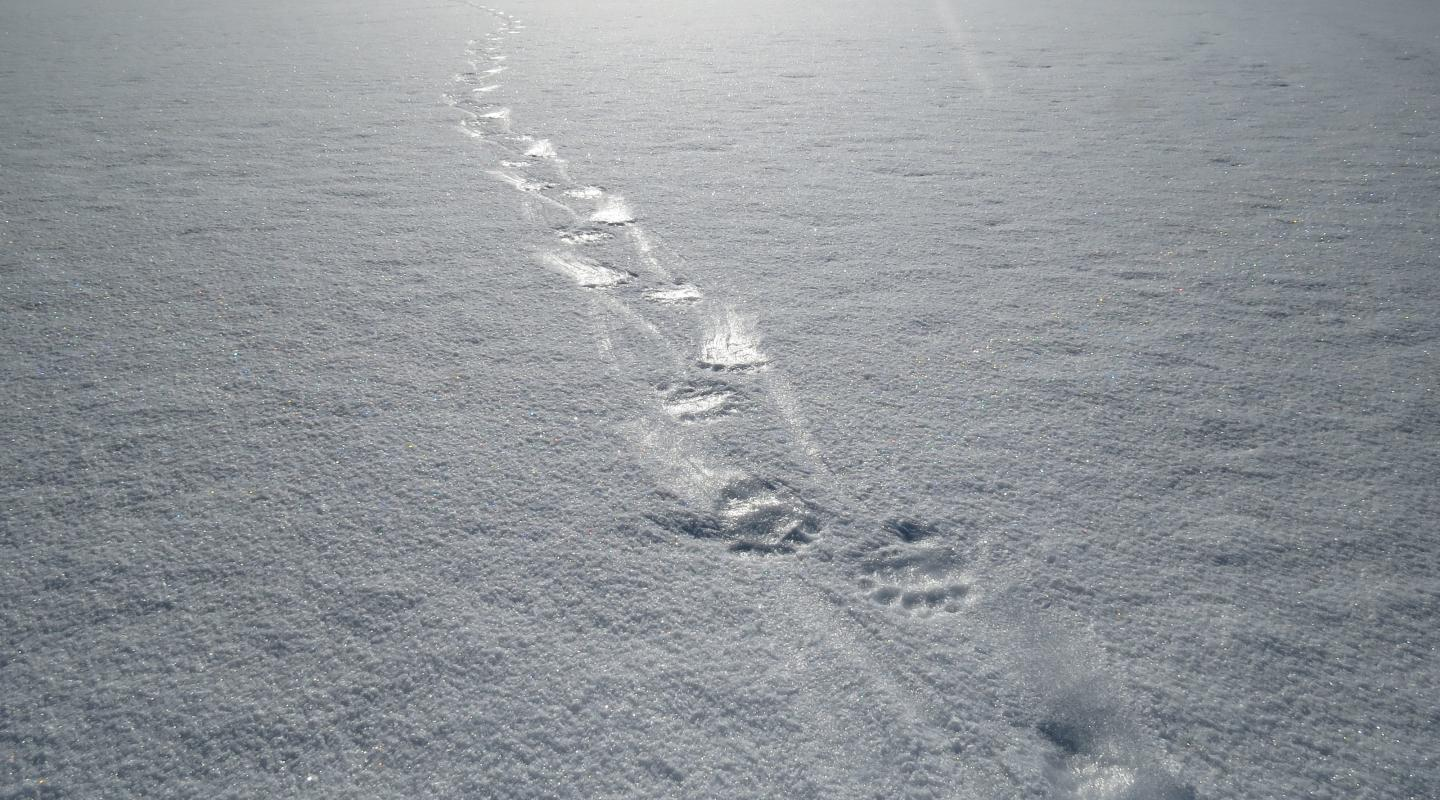 photo: Public Domain
photo: Public Domain
5. SCIENTISTS CAN EXTRACT POLAR BEAR DNA FROM JUST THEIR FOOTPRINTS
an innovative new technique developed by WWF and DNA specialist firm SPYGEN allows scientists to isolate DNA from a polar bear's footprint in the snow.
Two tiny scoops of snow from a polar bear track revealed not just the DNA of the polar bear that made it, but even from a seal, it had recently eaten.
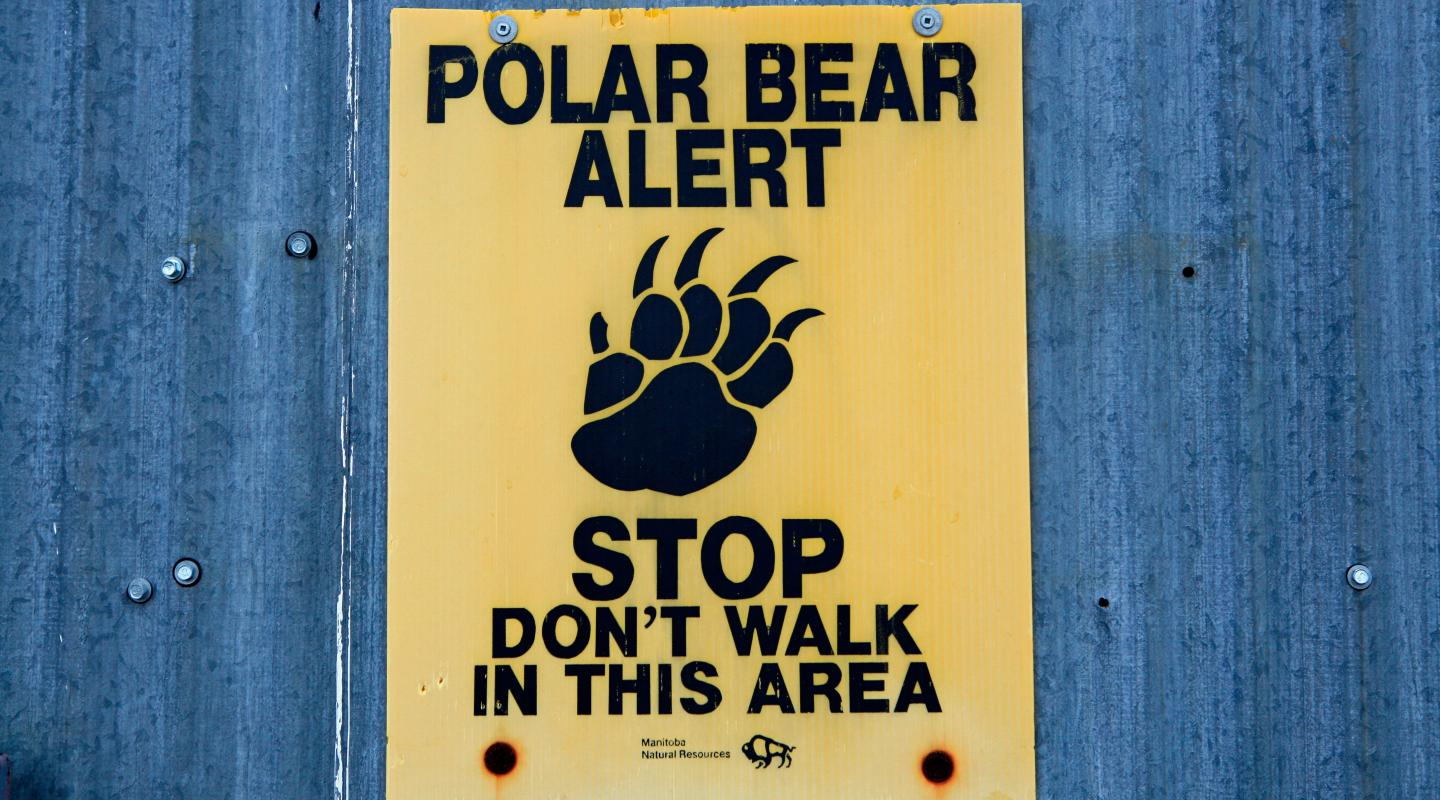 photo from WWF.org Website
photo from WWF.org Website
6. THEY FACE MORE THREATS THAN CLIMATE CHANGE
While climate change remains the greatest threat to the polar bear's survival, that is not all that the predator is up against. The oil and gas industry is turning its eyes to the arctic, and with it comes potential risks of habitat destruction from oil exploration work. Contact with oil spills can reduce the insulating effect of a bear's fur requiring them to use more energy to get warm, and can poison them if ingested. Polar bears can also be exposed to toxic chemicals such as pesticides through their prey, which can affect a bear's biological functioning and ability to reproduce.
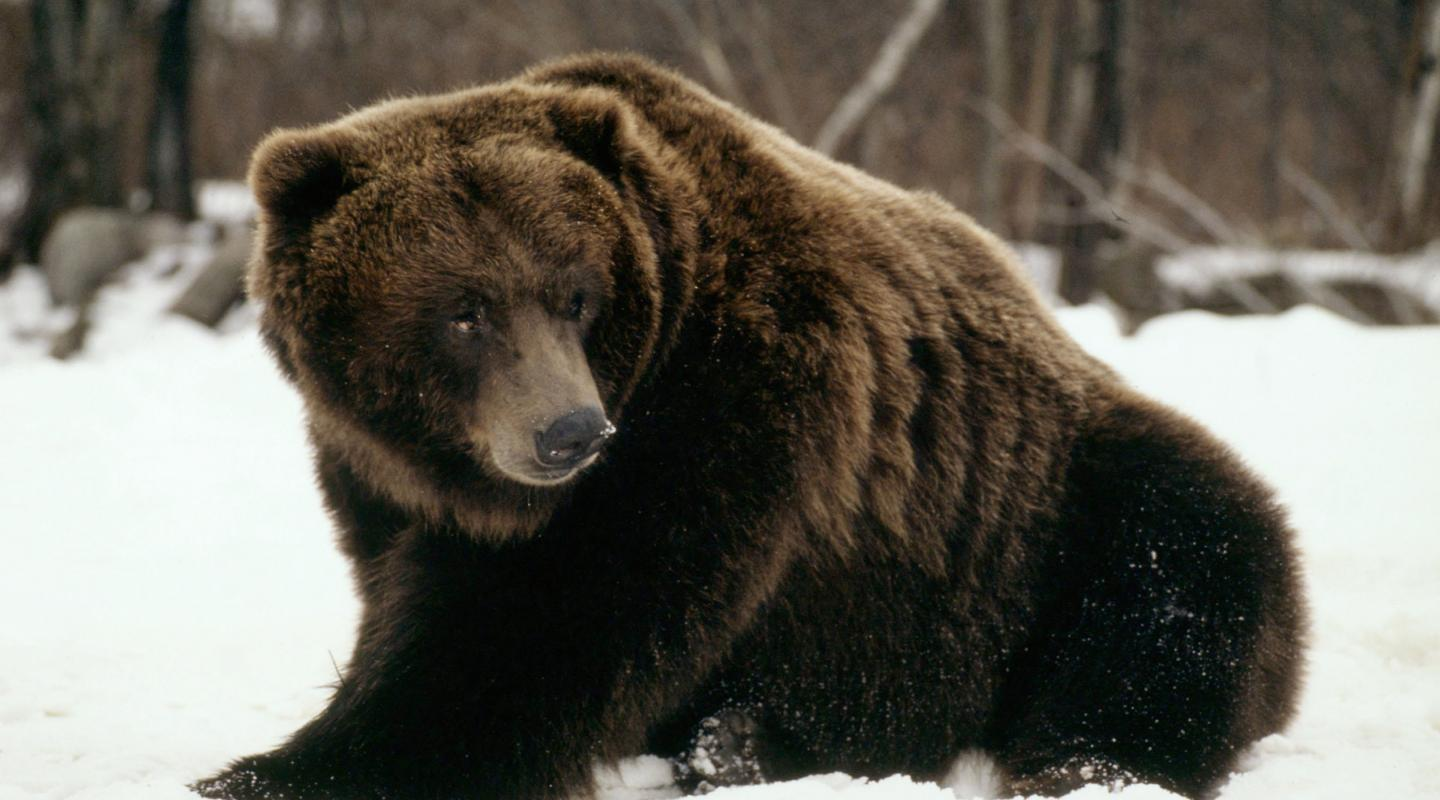 photo: Klein & Hubert/ WWF
photo: Klein & Hubert/ WWF
7. GRIZZLY-POLAR BEAR HYBRIDS EXIST
As recently as 2006 genetic testing confirmed the existence of polar bear-grizzly bear hybrids, also known as 'grolar bears' or pizzly bears'. The hybrid physically resembles an intermediate between the two species, but as wild hybrids are usually birthed from polar bear mothers they are raised and behave like polar bears. The ability for polar bears and grizzly bears to interbreed is unsurprising when you consider that polar bears evolved from brown bears as recently as 150,000 years ago.
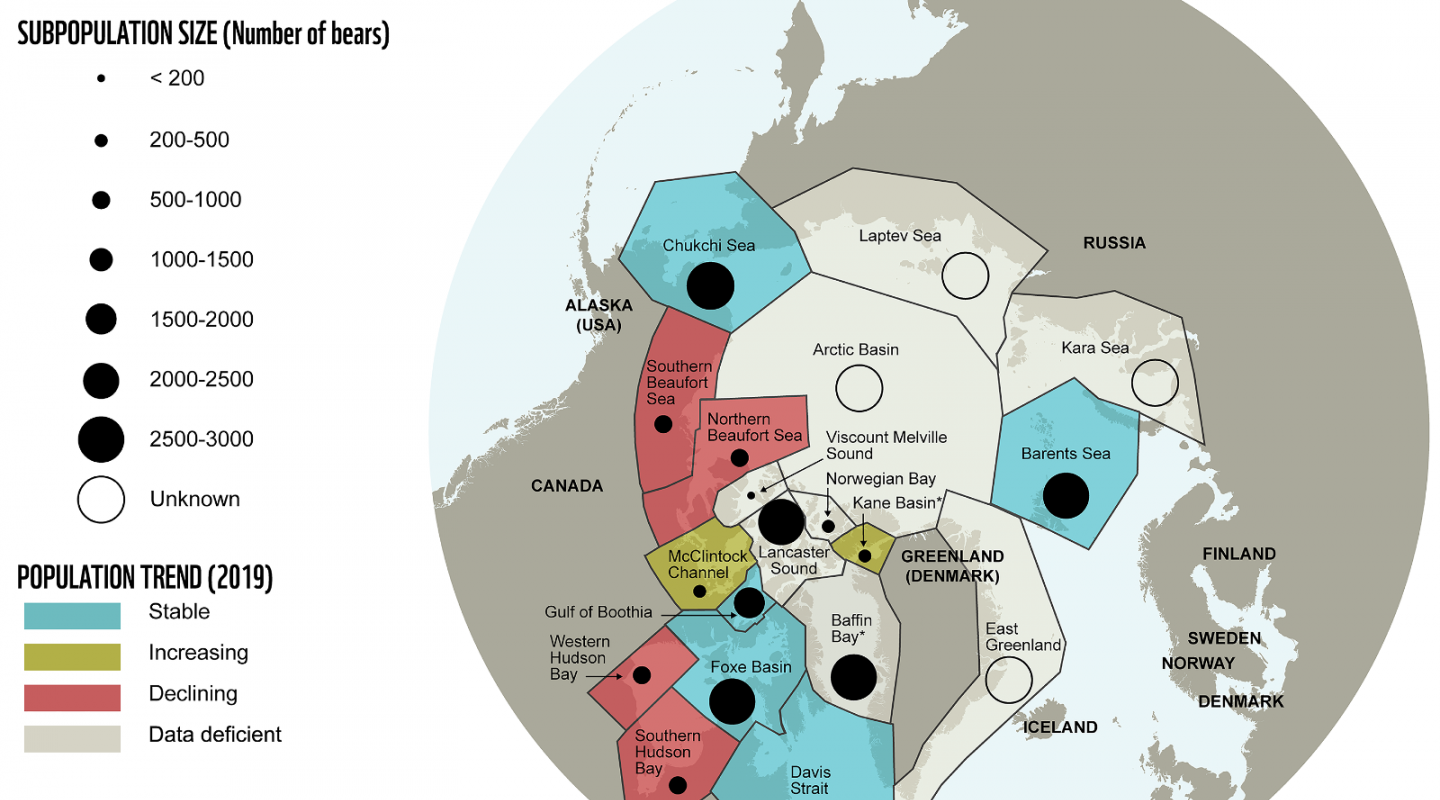 image: WWF-Canada
image: WWF-Canada
8. THERE ARE AS MANY AS 19 SUBPOULATIONS OF POLAR BEAR
The total population of approximately 26,000 wild polar bears is divided into 19 units or subpopulations, of these just 1 subpopulation is increasing, 5 are stable and 4 are in decline. The remaining 9 have not been assessed as they are data deficient. - we simply do not have enough information about them to know how they are doing.
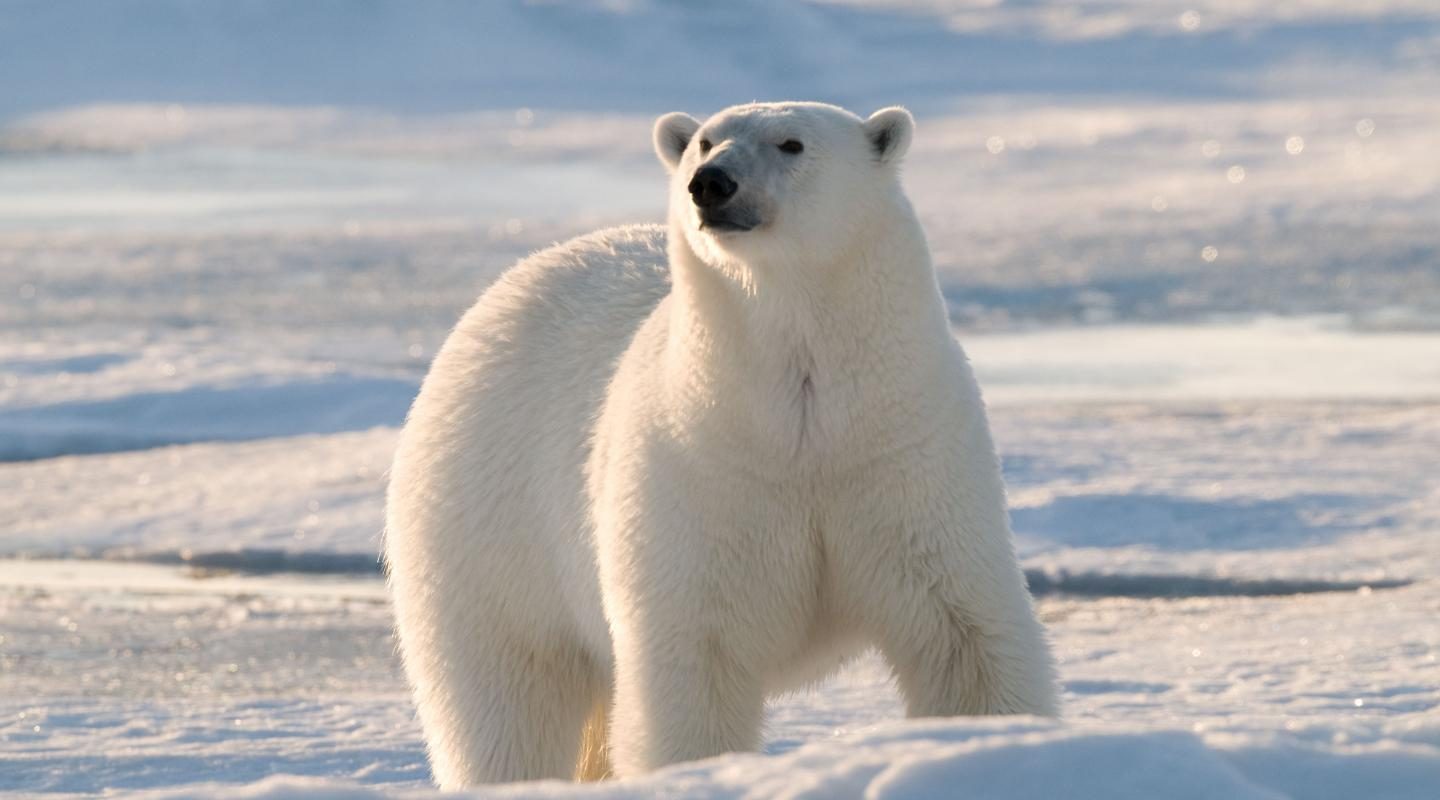 photo: Steve Marello/WWF
photo: Steve Marello/WWF
9. MALE POLAR BEARS CAN WEIGH AS MUCH AS 10 MEN
Male polar bears can weigh up to 800kg and are twice the size of females. This, in addition to the fact that they can measure up to 3 metres long, making polar bears the largest land carnivore in the world.
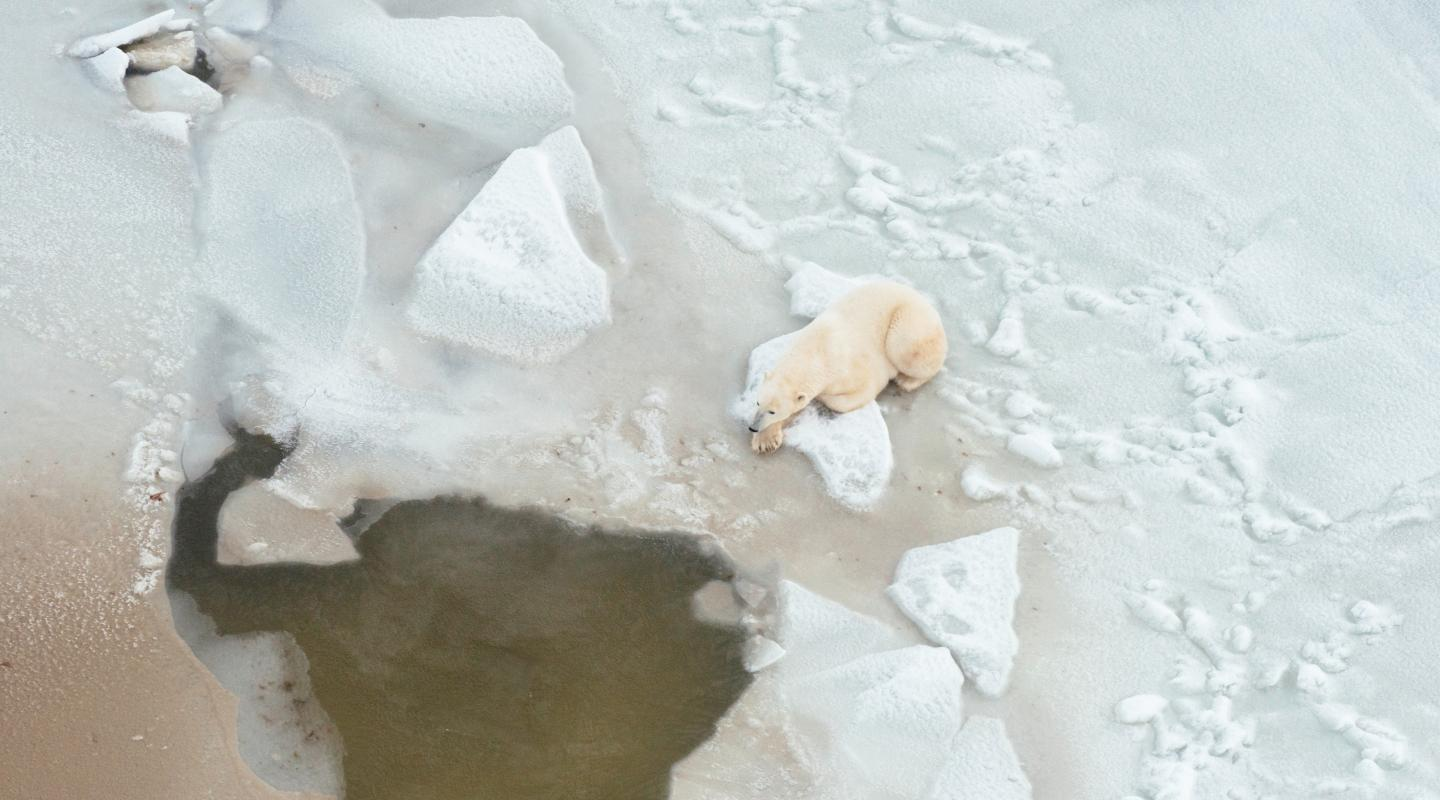 photo WWF-US/Elizabeth Kruger
photo WWF-US/Elizabeth Kruger
10 THEY CAN SMELL THEIR PREY UP TO A KILOMETER AWAY
Polar Bears have a very strong sense of smell, which they use to find seal breathing holes in the ice. Once it has found the hole, the bear will wait patiently until the seal comes up for air to attack. They can even detect a seal in the water beneath a metre of compacted snow.
PLEASE ADOPT A POLAR BEAR AT support.wwf.org.uk
Other cool facts about Polar Bears:
They can overheat when in running in the summer and when temperatures rise above freezing.
The clean themselves by rolling in snow.
They can reach speeds of up to 25 mph on land and swim 6mph.
They can live up to 30 years
A female polar bear will have an average of 5 litters of cubs her lifetime

SAFARI TRIPS TO SEE POLAR BEARS!
Polar Bear Mother and Newborn Cubs – March
Spring Polar Bears of Baffin – March & April
Narwhal and Polar Bear Safari – May & June
Polar Bears and Glaciers of Baffin Island – August
Polar Bear Migration Fly-In Photo Safari – October & November
Polar bears communicate through body language, vocalizations, and scent markings:
Head wagging from side to side: A sign that polar bears want to play. Adult bears initiate play—which is actually ritualized fighting or mock battling—by standing on their hind legs, chin lowered to their chests, with front paws hanging by their sides.
Nose-to-nose greetings: How a bear asks another bear for something, such as food. The guest bear will approach slowly, circle around a carcass, then meekly touch the feeding bear's nose.
Chuffing: A vocal response to stress, often heard when a mother bear is worried for her cubs' safety.
Scolding: Mother bears scold cubs with a low growl or soft cuff.
Rushing: When a male approaches a female with cubs, she rushes toward him with her head lowered.
Hissing, snorting, lowered head: Signifies aggression.
Loud roars or growls: Communicates anger.
Deep growls: Signifies a warning, perhaps in defense of food.
Charging forward, with head down and ears laid back: Attack mode.
Moving downwind of dominant bears: Signifies submission.
TO KEEP UP TO DATE ON POLAR BEARS WE RECOMMEND YOU BOOKMARK:
https://polarbearsinternational.org/
From tigers in Asia to elephants in Africa, wildlife crimes only seem to make the news when it concerns rare and exotic species and high-value animal parts like rhino horns.
But there’s no need to cross the ocean to find the pervasive and persistent problem of poaching and links to an international black market. Poaching for specific high-demand animal parts to feed the demand of a nefarious underworld of dealers, merchants and buyers is widespread in the U.S., its fingers extending to nearly all parts of the country.
And with any criminal enterprise, it’s the money that supplies the motive. For example, the American black bear has long been poached for its hide, paws, gallbladder, and bile, mainly due to their use in Eastern medicine. (Gallbladder and bile are often used to treat diseases of the heart and kidneys.) Undercover operations have found single dried bear gallbladders fetching as much as $30,000 on the black market.
But it’s not just the American black bear that’s under siege. The horns of ram sheep can sell for more than $20,000 on the black market. The bighorn sheep, which largely resides in the area between the San Jacinto Mountains and the U.S.-Mexico border, has been on the U.S. Fish and Wildlife Service’s endangered species list since 1998. Although land development and disease have been the major contributors to the dwindling of this species, poaching is only putting more nails in the coffin. These sheep are usually found in remote areas, making it a challenge for game wardens to patrol and monitor poaching activity.
Shark fins are also highly valued in Eastern cultures, making poaching off the coast of California a major problem, despite the fact that selling or distributing shark fins is illegal under California’s Shark Fin Law. When a great deal of money is at stake, the crimes continue. A single shark fin can sell for $500 in China, where it is used to make shark fin soup, a delicacy. It is estimated that there are more than 100 million shark deaths every year due to shark finning: the practice of catching a shark, slicing off only the coveted fins, then tossing the animal back overboard to die a slow and painful death To read the full article visit: gamewarden.org
We have a serious problem of illegal hunting in the U.S. and the NRA is NOT holding their original standards which was about gun SAFETY AND TRAINING. NRA became the only national trainer of law enforcement officers with the introduction of its NRA Police Firearms Instructor certification program in 1960. In civilian training, the NRA continues to be the leader in firearms education. Over 125,000 certified instructors now train about 1,000,000 gun owners a year. Courses are available in basic rifle, pistol, shotgun, muzzleloading firearms, personal protection, even ammunition reloading. Additionally, nearly 7,000 certified coaches are specially trained to work with young competitive shooters. The focus now is more about fighting for gun rights, money and political power. Safety means nothing to the NRA. By the NRA getting away from their roots has created a very dangerous gun problem in the United States.
Another problem in the U.S. is Texas
Of the 1,525 seizures that FWS recorded at the U.S.-Mexico border from January 2020 to September 11, 2023, more than 85 percent occurred in Texas, accounting for 17,317 animals and exotic animal parts—such as a South African ostrich and shark bones. Learn more here:
The biggest organization that is a threat to our wildlife is Safar Club International with their trophy hunting AND Hunting contests! Learn more at
To read about Wildlife Crime and Corruption in the U.S. follow Cami Ciotta's newsletters at linkedin.com
To support our fight to educate people the need to protect our wildlife please donate $5.00 at wildlifebroadcast.com
or visit our store and make a purchase at mojostreamingwildlife.com
Thank you for your support and to be a part of the movement please sign up at Sign Up - MojoStreaming.com
THE MAWANA ELEPHANTS by Lion Expose - March 26, 2024
Mawane reserve, KwaZulu Natal, South Africa.
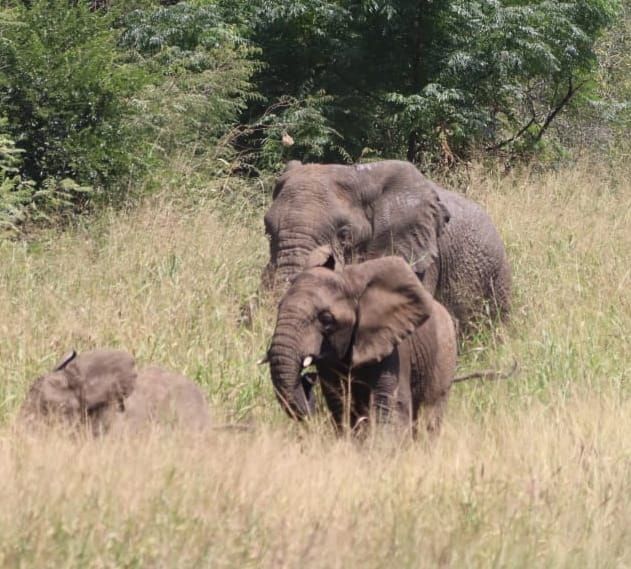
Good News, and sadness and sympathy...
After all we have been through trying to protect this persecuted
herd, prevent them from being culled, and mostly, get help to protect the
communities that live with them.
Extensive networking skills and an ever developing circle of
incredible humans in the specialised field of Elephant and Rhino, whether it be
translocations or educating on coexistence in our rural areas, has had some
real success..
The Good News
In a few short weeks LionExpose has received much support and
interest to try and assist the Mawana Elephants.
The first stages are being discussed and would see the collaring
of three Elephant bulls.
Between several people and two Global NPOS this seems to hold
real possibilities.
A next step will be more, but talks to the three communities
affected and with Farmer Sithole to start looking at the community fences and
where to start to protect their crops and cattle when the elephants come to
their farms as part of their Migratory route.
And later possibly a bee fence project which will be offered,
and again will need a sponsor, but this will attract researchers as there are
literally two PGRS in South Africa doing this and the Bee Fence Researchers
will love to come and study this project.
So we are hoping all goes to plan and that Mawana manage these
issues as they need to be working really hard to keep these Elephants safe in
their range and keep the communities safe and show them care, and be grateful
communities will be happy to try and exist with this wonderful herd and see how
we can make it sustainable.
Thanks go to EKZN for being patient and clearly communicating
with Mawana and thank you Sithole for being open to lots of communication in
this regard.
The sad news.

A young herder was badly injured last week fetching his cows, he
was gored by an elephant, he was really in trauma and is in hospital, and right
now he is doing better but has many months of recovery ahead - he was extremely
lucky to survive.
Mawanas people are visiting him in hospital tomorrow to show him
we will offer him support, and a fund will be started for him.
He will be supported all the way.
It must be noted that Mawanas Elephants have been facing extreme
danger of a cull since 2018 and are still in danger as long as all these issues
exist.
But elephant lovers keep watching and supporting how much work
it is to save elephants that live close to humans and to give them the peace
they deserve and, vitally, to keep our humans safe.
Update
The herd have wondered back into the "Red Area", close to where communities are situated. Tribal leaders are calling for them to be hunted down immediately!!